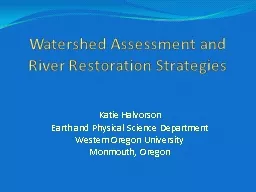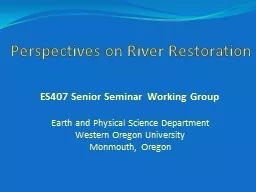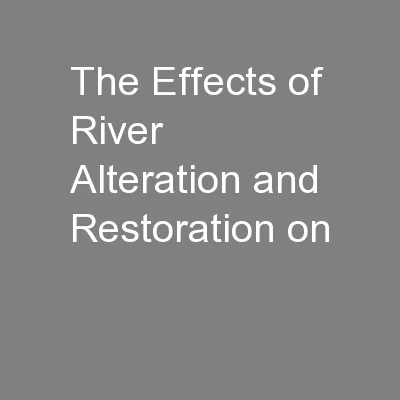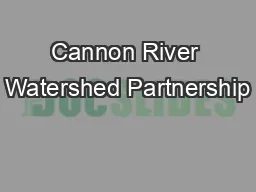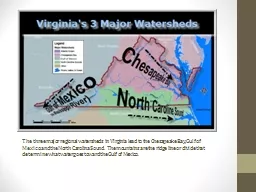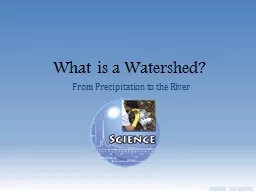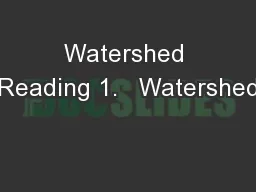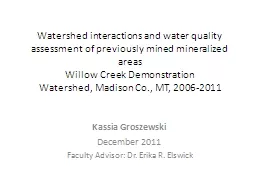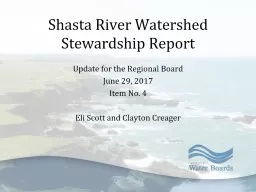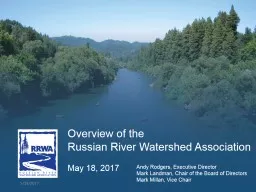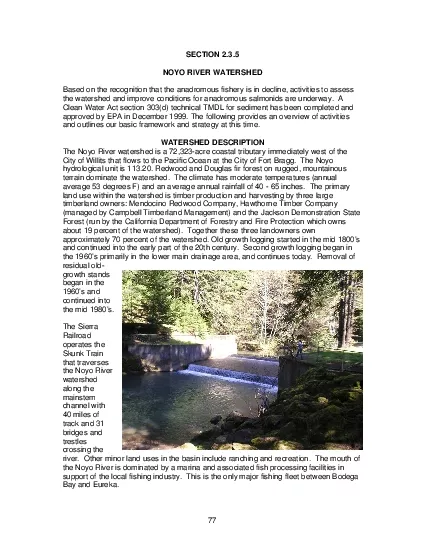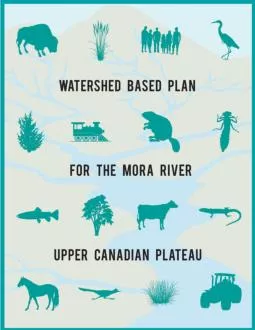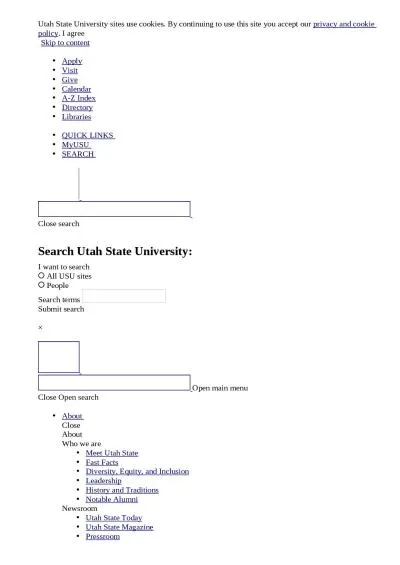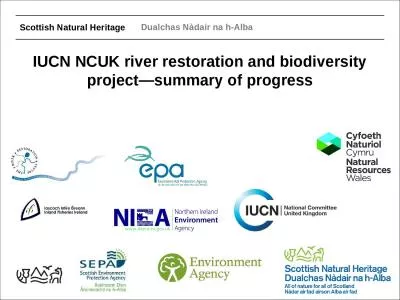PPT-Watershed Assessment and River Restoration Strategies
Author : conchita-marotz | Published Date : 2016-07-03
Katie Halvorson Earth and Physical Science Department Western Oregon University Monmouth Oregon Outline Introduction River Morphology Fluvial Processes Watersheds
Presentation Embed Code
Download Presentation
Download Presentation The PPT/PDF document "Watershed Assessment and River Restorati..." is the property of its rightful owner. Permission is granted to download and print the materials on this website for personal, non-commercial use only, and to display it on your personal computer provided you do not modify the materials and that you retain all copyright notices contained in the materials. By downloading content from our website, you accept the terms of this agreement.
Watershed Assessment and River Restoration Strategies: Transcript
Download Rules Of Document
"Watershed Assessment and River Restoration Strategies"The content belongs to its owner. You may download and print it for personal use, without modification, and keep all copyright notices. By downloading, you agree to these terms.
Related Documents

